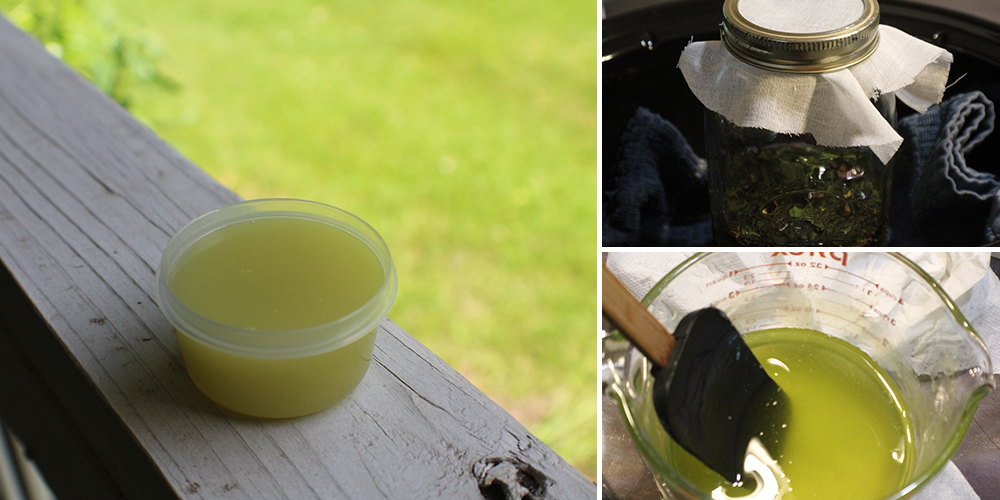
Dandelion Magnesium Balm for Pain Relief
Dandelion magnesium balm is an all-natural pain relieving herbal remedy that combines the soothing anti-inflammatory properties of dandelion with the muscle-relaxing effects of magnesium. You can apply it directly to the skin to help relieve muscle tension, cramps, and soreness. In the final part of this blog, I’ll walk you through the process of making dandelion magnesium balm at home. First, let’s look at how these weed-like herbs help with pain.
Benefits of Dandelion Magnesium Balm
We can start by talking about the anti-inflammatory properties of dandelion. Dandelions are rich in natural anti-inflammatory compounds, including sesquiterpene lactones, taraxasterol, and polyphenols. The effects of sesquiterpene lactones include antibacterial and anti-inflammatory actions, while taraxasterol acts as an antioxidant. Antioxidants are like the clean-up crew for our bodies. They help reduce inflammation by seeking out damaging free radicals and destroying them. The polyphenols in dandelion also have anti-inflammatory properties.
When applied topically as an herbal pain balm, these compounds combine to help reduce inflammation and pain naturally. In addition, the use of dandelion magnesium balm can enhance blood flow and induce muscle relaxation, so offering relief from pain and discomfort.
The combined effect of the components in dandelion magnesium balm makes it a wonderful natural ally for alleviating muscle soreness, joint discomfort, and inflammation. Both magnesium and dandelion are natural alternatives to over-the-counter pain medications, which come with a plethora of nasty side effects—nearly all of them! So, let’s briefly discuss magnesium’s role in relieving pain and inflammation, and then we will get into the good stuff.
Magnesium For Muscle Relaxation and Pain Relief
Magnesium is a brilliant—all-natural way to ease discomfort and relieve all kinds of pain.
Derived from the earth’s reserves, magnesium soothes and relieves when applied to affected areas. It stimulates blood flow and creates warmth. The health benefits of magnesium do not represent some hidden cure but a well-established fact acknowledged by committed healers. People have even written books all about the medicinal uses of magnesium.
This potent mineral relieves sore muscles and helps calm the mind, promoting restful sleep and muscle recovery. Magnesium oil relieves joint and muscle discomfort caused by almost anything, be it injury, aging, or even seasonal changes. In fact, it has proven to be very useful in providing relief for various kinds of pain, such as neuropathic pain and conditions like dysmenorrhea, headaches, and acute migraines.
Even in a more traditional sense, magnesium is becoming increasingly important in pain management. You should know that some folks can experience a skin reaction to magnesium when they use it topically. You could develop a bit of a burning sensation or end up with a red rash. If this occurs, it might be a sign that the magnesium flakes aren’t agreeing with you, so it may be best to stop using this herbal pain remedy.
To create our dandelion and magnesium pain relief balm, we’ll start by infusing dandelions in oil. Begin by gathering dandelions; these bright yellow flowers are abundant early in the season but tend to diminish as temperatures rise. Despite this, you can still harvest the greens and roots later on. For this recipe, I utilized these parts. Every part of the dandelion, except the stem, holds medicinal properties, including the pain-relieving compounds we discussed earlier.
If you want to get rid of your aches without making the tincture yourself, there’s a complete kit that actually targets multiple root causes. I use all four tinctures to help alleviate discomfort, inflammation and my overactive immune system. Besides, the joint salve included was a miracle-worker for me.
The reviews of this bundle made me and my family try it a year ago, and it truly delivers!
How to Make Dandelion Infused Oil
First, gather some dandelion flowers, leaves, roots, or a mix. Since it’s almost June where I live, I only used the leaves and roots.
- Rinse your dandelion flowers, roots, and leaves well and pat them dry. Cut them up small so they can dry out more quickly.
- You need to dry your herbs before making herbal oil. To do this, dry your dandelion pieces on a towel for a few days or put them in a dehydrator for 4 to 6 hours. The flower petals and leaves will dry out first.
 Add the dried dandelion bits to a mason jar and add enough oil to make them float. You can use any soft oil good for your skin, like olive oil, almond oil, grape seed oil, or anything else. Leave it alone for six weeks, or put it in a water bath. A crock pot with the lid off can be used for a water bath. Place a towel at the bottom of the pot to protect the jar from the heat. Then, just put enough water in the crock to cover the herbs in the jar. Set it to low heat for 4 to 8 hours.
Add the dried dandelion bits to a mason jar and add enough oil to make them float. You can use any soft oil good for your skin, like olive oil, almond oil, grape seed oil, or anything else. Leave it alone for six weeks, or put it in a water bath. A crock pot with the lid off can be used for a water bath. Place a towel at the bottom of the pot to protect the jar from the heat. Then, just put enough water in the crock to cover the herbs in the jar. Set it to low heat for 4 to 8 hours.- Turn off the oil when it’s done and let it cool down. After removing the plant material from the oil, you will have the oil base for your pain salve. It will take one cup.
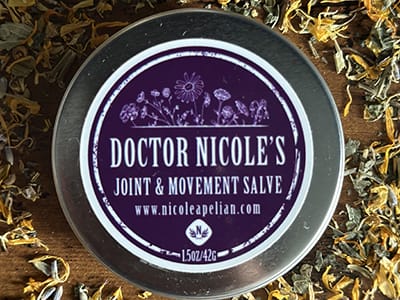 What I dislike most is all the work I need to put into making my own remedies that I’m sure are 100% natural. But if I really had to choose joint support products, I’d make sure they are non-GMO and from a trusted source. For me, it’s this salve from Nicole’s Apothecary. She’s a living example of nature’s way of dealing with things being superior.
What I dislike most is all the work I need to put into making my own remedies that I’m sure are 100% natural. But if I really had to choose joint support products, I’d make sure they are non-GMO and from a trusted source. For me, it’s this salve from Nicole’s Apothecary. She’s a living example of nature’s way of dealing with things being superior.
DIY Dandelion Magnesium Balm for Pain Relief
Ingredients
- 1 C. Dandelion infused oil
- 2 ½ tablespoons of beeswax pellets
- 1 teaspoon of magnesium flakes (dissolved with one teaspoon of hot water)
- 2 teaspoons of vegetable glycerin
To make
- Use a double pot or a metal bowl set over a saucepan of water to melt the beeswax and dandelion-infused oil.

- While your pan is heating up, you can dissolve the magnesium flakes. To do that, simply add them to one teaspoon of hot water and set aside.

- Once the beeswax has melted, remove the salve from the heat and add the magnesium oil and glycerin. Optionally, you may add an essential oil that is not phototoxic if you want to give the salve a nice scent. Make sure to combine thoroughly.

- Pour the mixture into salve containers and let it sit to solidify. I usually wouldn’t use plastic containers, but I ran out while making this recipe and found these cheap little cups at the dollar store for a dollar. They worked pretty well! Still, I highly suggest glass containers to avoid microplastics, BPA, etc.

Massage dandelion magnesium balm into problem areas until completely absorbed to alleviate discomfort and pain. Apply as needed. Try dandelion magnesium balm for pain treatment that doesn’t come with the risk of harmful side effects. Its relaxing qualities make it an excellent option for anyone seeking an integrative way of managing pain!







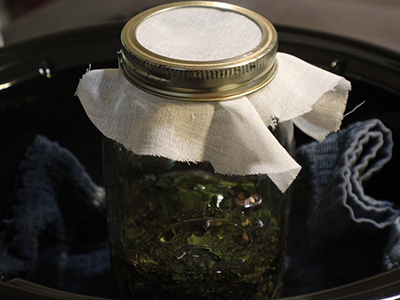 Add the dried dandelion bits to a mason jar and add enough oil to make them float. You can use any soft oil good for your skin, like olive oil, almond oil, grape seed oil, or anything else. Leave it alone for six weeks, or put it in a water bath. A crock pot with the lid off can be used for a water bath. Place a towel at the bottom of the pot to protect the jar from the heat. Then, just put enough water in the crock to cover the herbs in the jar. Set it to low heat for 4 to 8 hours.
Add the dried dandelion bits to a mason jar and add enough oil to make them float. You can use any soft oil good for your skin, like olive oil, almond oil, grape seed oil, or anything else. Leave it alone for six weeks, or put it in a water bath. A crock pot with the lid off can be used for a water bath. Place a towel at the bottom of the pot to protect the jar from the heat. Then, just put enough water in the crock to cover the herbs in the jar. Set it to low heat for 4 to 8 hours.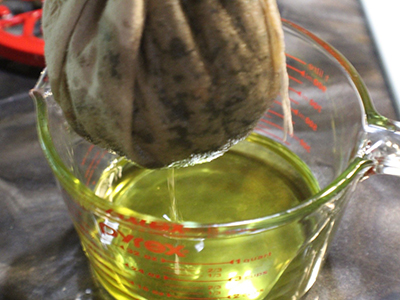
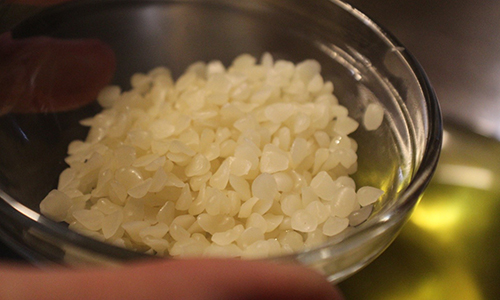
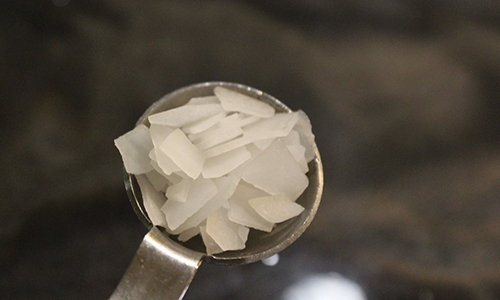
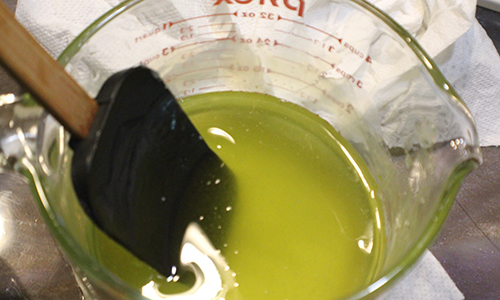
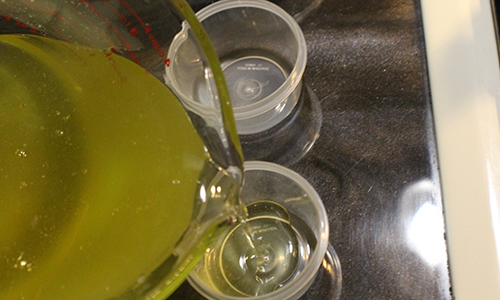
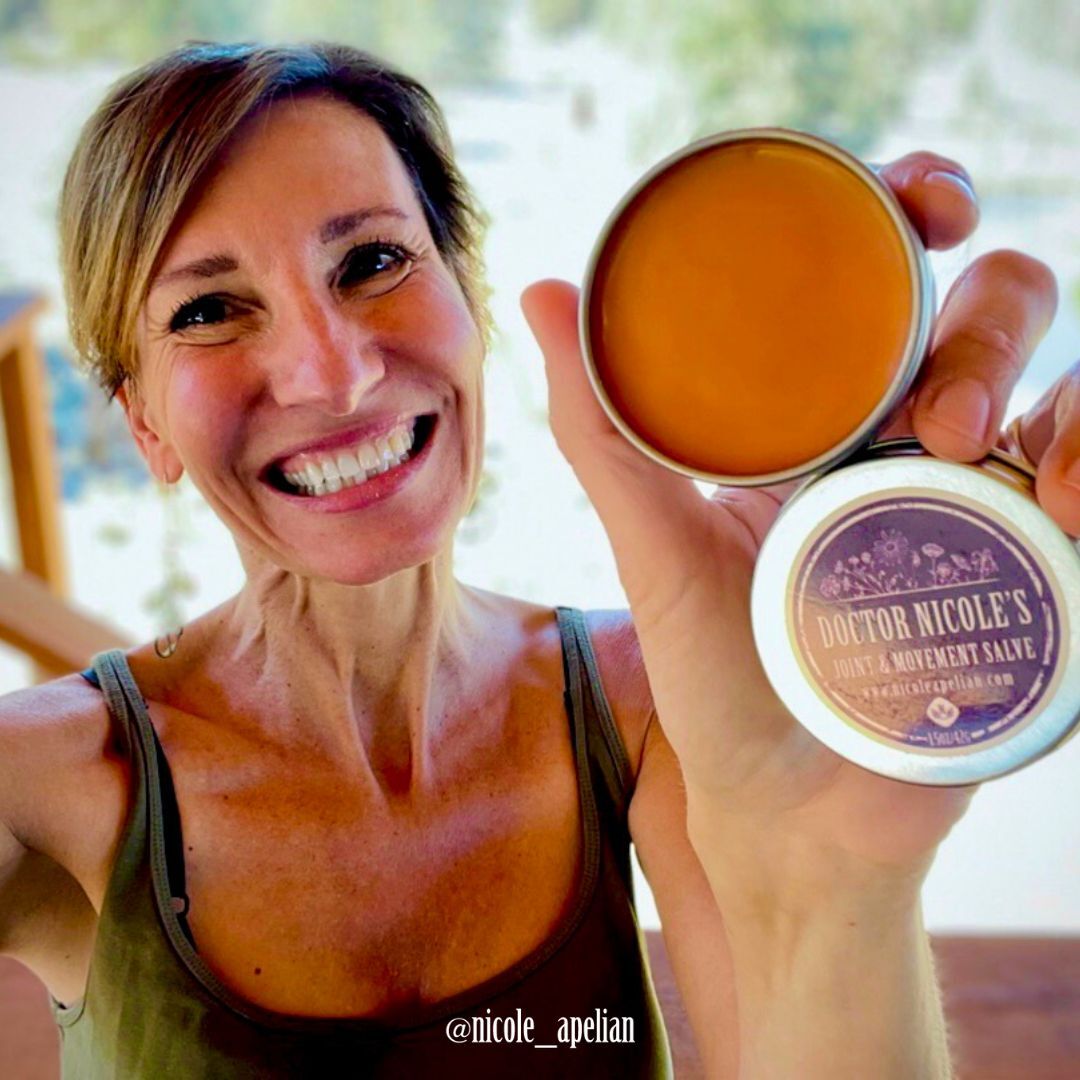
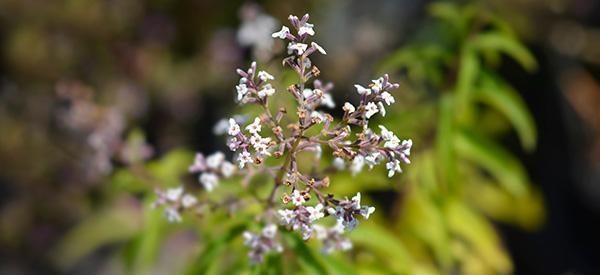

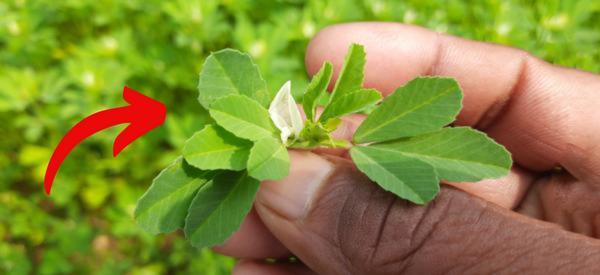
Thank you for the recipe. What about preservatives as you have used water?
Glycerine preserves.
Hey Anni,
You bring up an excellent point! When water is introduced into a product, it increases the risk of microbial growth, so preservatives are usually necessary. However, since we are using just a small amount of water to dissolve the magnesium flakes, the risk is lower, especially if the balm is used up relatively quickly.
To extend it’s shelf life you could use a natural preservative like rosemary antioxidant or vitamin E oil. You need to keep the balm in a cool, dark place and use clean hands or a clean tool to apply it to avoid introducing bacteria.
Many Blessings and Good Health!
Where do you get the magnesium flakes. Is it oxide?
Hello Mary,
Good question! Magnesium flakes can be found in health food stores. If you can’t find any at your local stores, you can certainly get some from an online retailer that sells natural health and wellness products.
Another mention is that the type of magnesium used is typically magnesium chloride, not oxide. Magnesium chloride is preferred for topical applications because it is more easily absorbed through the skin.
Many Blessings and Good Health!
Hello. What does the C stand for in the recipe. Thinking it means a cup of infused oil
Hello Monica,
Yes, the ‘C’ in the recipe stands for ‘cup’. So you’ll need one cup of the dandelion-infused oil for the balm.
Many Blessings and Good Health!
Could I uses DMSO to dissolve the magnesium to give the salve better penetretion?
Hello Jose,
Interesting question! Indeed, dimethyl sulfoxide is known for its ability to enhance the absorption of topical preparations. However, it’s important to approach its use with caution because it can carry substances through the skin, which means it could potentially transport harmful contaminants into the bloodstream if not used properly.
If you know how to use it properly, it’s essential to ensure the highest purity and cleanliness of all ingredients to avoid any adverse effects. For most users, sticking with the magnesium dissolved in water should provide effective relief with fewer risks.
Many Blessings and Good Health!
Thank you for yor response.
Could I uses DMSO to dissolve the magnesium to give the salve better penetration?
Can we use the roots for this recipe? Or specifically the leaves?
Can the magnesium flakes just be dissolved in the warm oil so there is no water? I made some using a prepared mag oil and the water weeps out
I followed your receipe and I encountered two issues. The glycerin does not mix well into balm mixture and all the glycerin falls at the bottom of the entire mixtre. It is not until at end when I poured my balm mixture into the jars I see the glycerin. How do you mix glycerin to stay into the balm mixture when pouring into the jars?
Second issue, the glycerin oozes out from the sides of the balm mixture that has solidify in the jar. How do I prevent the glycerin from oozing from solidify balm mixture inside the jar?
Besides these two issues, the balm really gives pain relief.
I